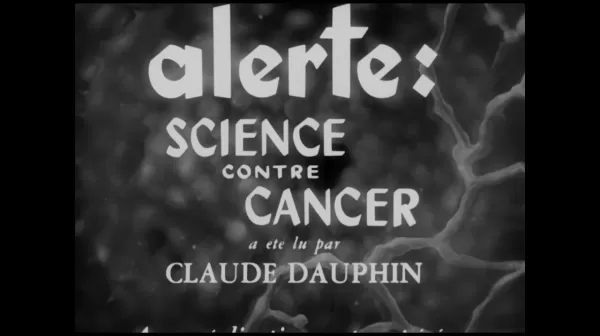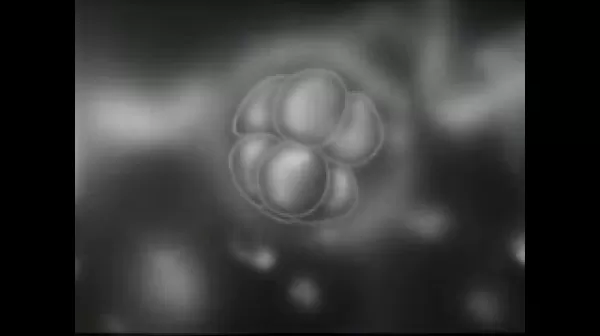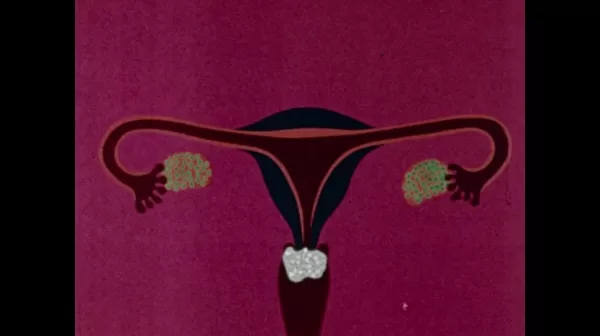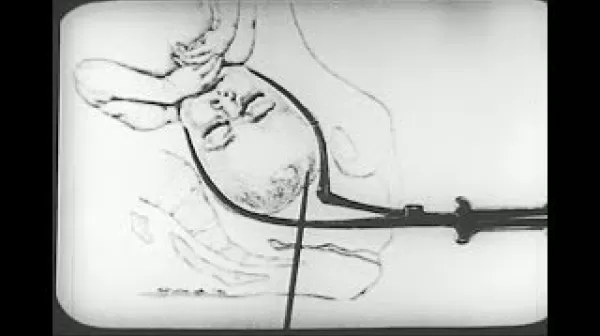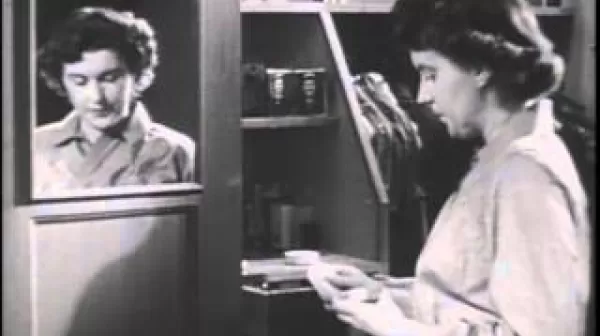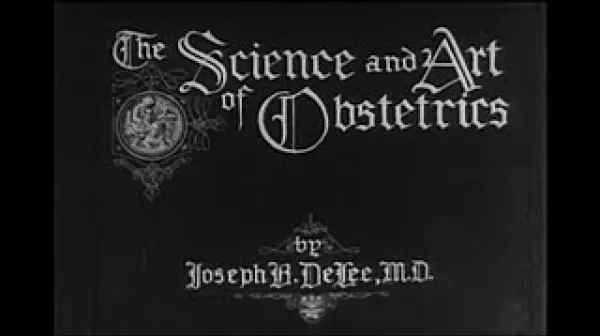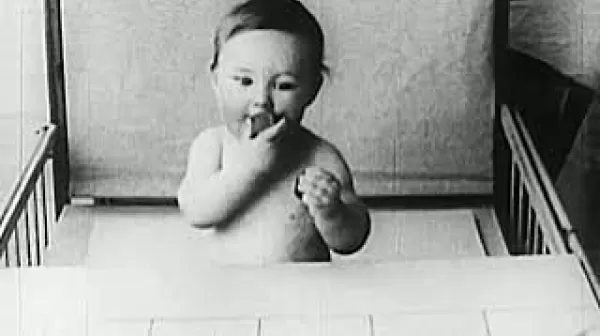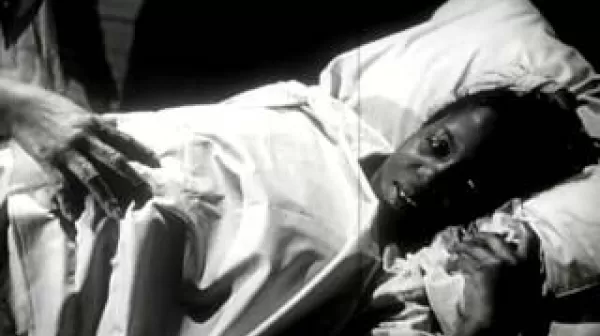Alerte: Science Contre Cancer ( l'Office national canadien du film, 1950)
This is the film Challenge: Science Against Cancer accompanied by a French soundtrack. It illustrates the importance of continued research in laboratories around the world in order to solve the problem of cancer, and aims to explain the current difficulties in identifying causes and cures. It begins with an overview of the birth of man from one cell and explores the complexity of the human body. It shows the isolation and testing of cancer cells and explains the effects of heredity and environment on normal cells.

